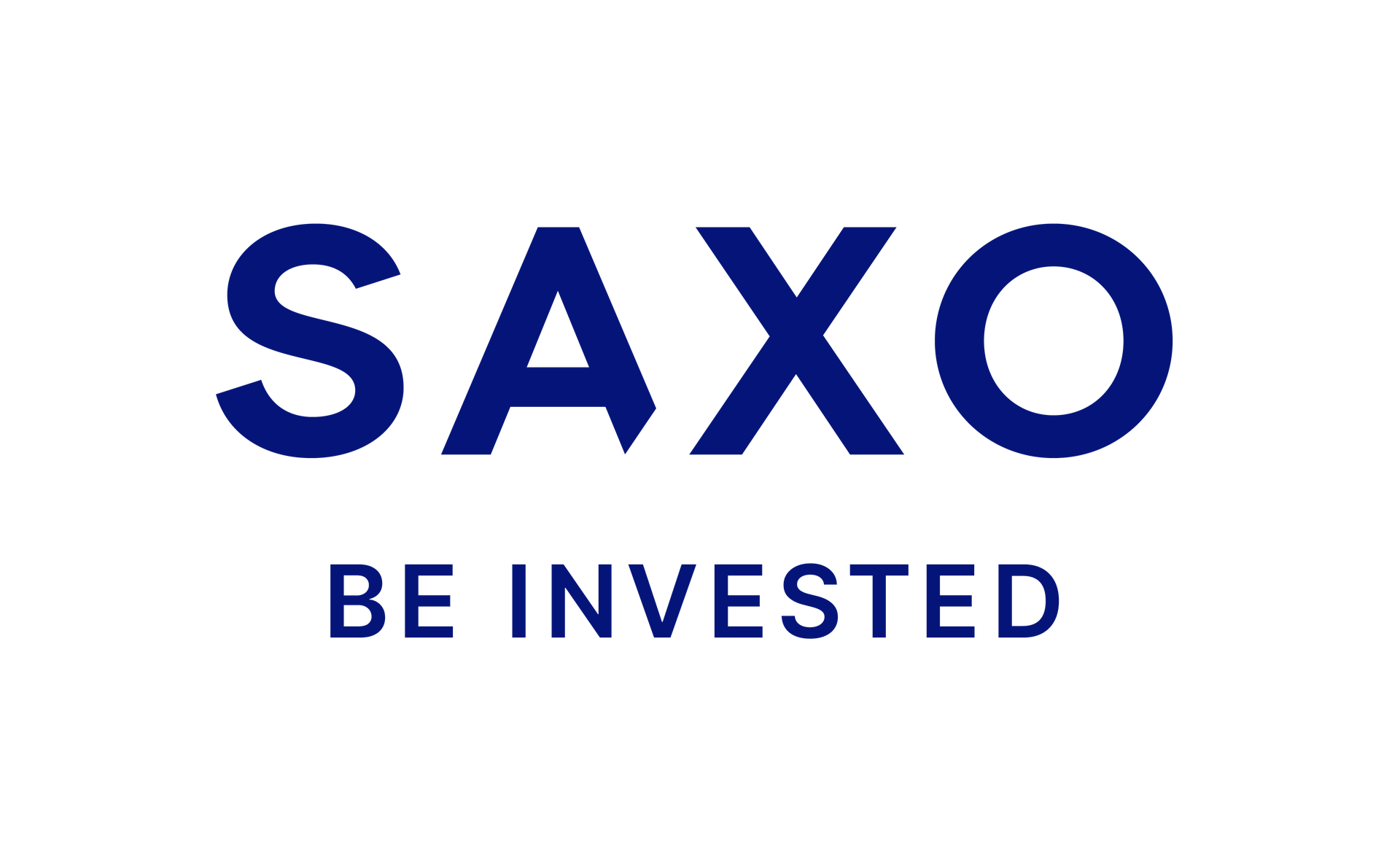If you subscribe to the efficient market hypothesis then you subscribe to the fact that vision-based monitoring technology provider Seeing Machines Ltd has a fair value of 5.101p per share- or around a £208 million market capitalisation.
Maybe that would make you right, but it would also put you at odds with many clued-up City analysts who believe that Seeing Machines’ artificial intelligence-powered driver safety technology is vastly overlooked by the market.
Take investment bank Stifel, which restated its ‘buy’ advice and 13p a share price target following Seeing Machines’ August 2024 trading update.
In that trading update, Seeing Machines said revenues for the financial year to June 30 are expected to be in the $67.6 million ballpark.

In that trading update, Seeing Machines said revenues for the financial year to June 30 are expected to be in the $67.6 million ballpark
This was 3% ahead of Stifel’s forecasts, while cash reserves of $23.5 million were in line with market consensus.
‘Seeing Machines looks increasingly well positioned both strategically, with two major Tier 1 automotive suppliers (Magna and Valeo) aligned with the company,’ the investment bank said.
Or how about broker Peel Hunt, which recently gave Seeing Machines a buy rating with a 9p price target on the back of some promising market-penetration statistics.
Seeing Machines’ technology was added to 380,000 cars in its fourth quarter, up from 313,000 in the previous quarter and up 80 per cent year on year.
As Peel Hunt highlighted, this leaves the firm with around 2.2million cars on the road with its technology, making it the first driver monitoring system provider to reach this benchmark.
It ‘looks to be gathering momentum’, said Peel Hunt. ‘We suspect this is mainly driven by its relationship with BMW, with its Volkswagen relationship continuing to ramp.’
Cenkos (the former broker that became Cavendish Securities following a merger with finnCap in 2023), previously called for a unicorn valuation on Seeing Machines. Unicorns, for the uninitiated, refer to startups valued at £1 billion or more.
That bullish statement was delivered in early 2023, after Seeing Machines revealed a 200 per cent-plus growth in the implementation of its technology.
The rate of implementation has only continued since, with Seeing Machines continuing to sign partnerships with top-tier automakers.
This May, Seeing Machines announced an extension of its collaboration with a major North American Tier-1 supplier and original equipment manufacturer, potentially adding $26million in incremental lifetime value to its contracts.
In July, the group’s Guardian Generation 3 AI-powered driver monitoring system was successfully fitted into Wrightbus, the Northern Ireland-based manufacturer of the world’s first hydrogen double-deck bus.
Seeing Machines’ chief executive Paul McGlone called the Wrightbus deal ‘a significant milestone in the deployment of our driver monitoring systems within the public transportation sector’.
‘Integrating our cutting-edge technology into Wrightbus vehicles is an important step forward in reducing the risks associated with driver fatigue, which will soon encompass distraction as regulations evolve, and is fundamental to our mission of saving lives,’ he added.
A genuine AI use case
There is clearly a disparity between what Seeing Machines is currently valued at and what some analysts believe it is worth.
Which is surprising in the current climate, where anything tenuously linked to AI has the propensity to command a premium by hype-fuelled investors.
Not that there’s anything tenuous when it comes to Seeing Machines and the latest buzzword in tech.
The company’s technology stack is supported by a portfolio of AI algorithms that enables automotive vehicles to see, understand and assist the people who are using them.
While some enterprising startups attempt to latch only the AI revolution by integrating ChatGPT into salt and pepper shakers or whatnot, it’s refreshing to see the technology being used to potentially save lives.
Of course, it only becomes commercially viable if the technology works, but in an industry as overbearingly regulated as the auto sector, where the lives of billions are at stake, netting repeat contracts is a huge green flag.
There could be even bigger opportunities on the horizon too- In May 2024, the UK government signed the Automated Vehicles Act, which could see self-driving vehicles on British roads by 2026.
‘The new law puts Great Britain firmly at the forefront of self-driving technology regulation, unlocking the potential of an industry estimated to be worth up to £42 billion and creating 38,000 more skilled jobs by 2035,’ the government said of the Act.
Mike Hawes, chief executive of the Society of Motor Manufacturers and Traders, called the Act ‘a watershed moment for UK automotive innovation and road safety in the UK’.
Perhaps it will also help Seeing Machines steer toward that prized unicorn valuation.
For all your small-cap breaking news go to www.proactiveinvestors.com
DIY INVESTING PLATFORMS

AJ Bell

AJ Bell
Easy investing and ready-made portfolios

Hargreaves Lansdown

Hargreaves Lansdown
Free fund dealing and investment ideas

interactive investor

interactive investor
Flat-fee investing from £4.99 per month

Saxo

Saxo
Get £200 back in trading fees
Trading 212
Trading 212
Free dealing and no account fee
Affiliate links: If you take out a product This is Money may earn a commission. These deals are chosen by our editorial team, as we think they are worth highlighting. This does not affect our editorial independence.
Some links in this article may be affiliate links. If you click on them we may earn a small commission. That helps us fund This Is Money, and keep it free to use. We do not write articles to promote products. We do not allow any commercial relationship to affect our editorial independence.
This article was originally published by a www.dailymail.co.uk . Read the Original article here. .



